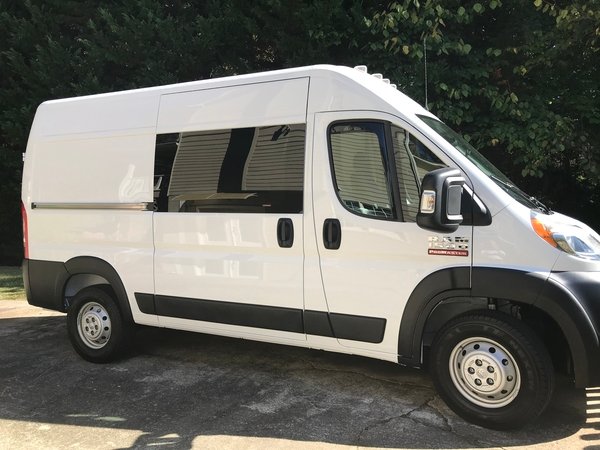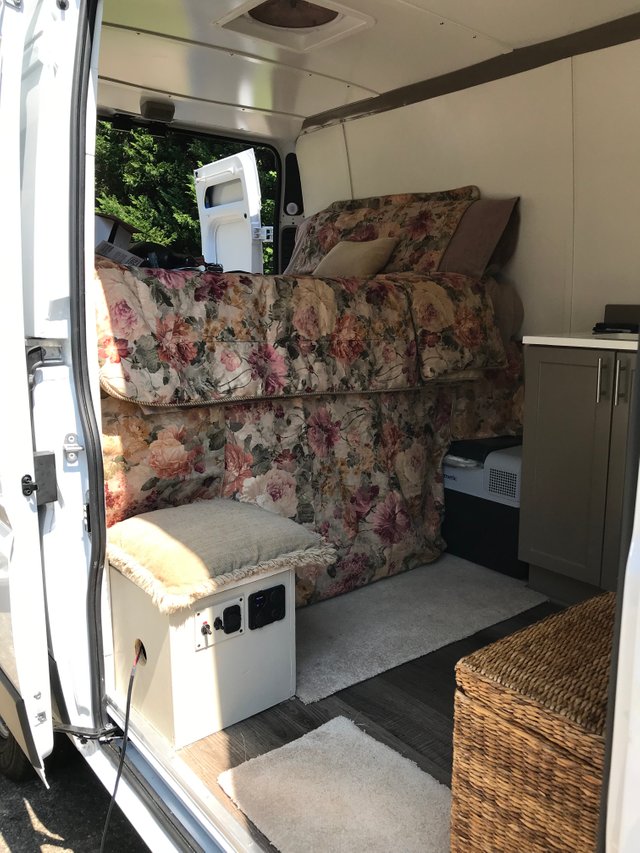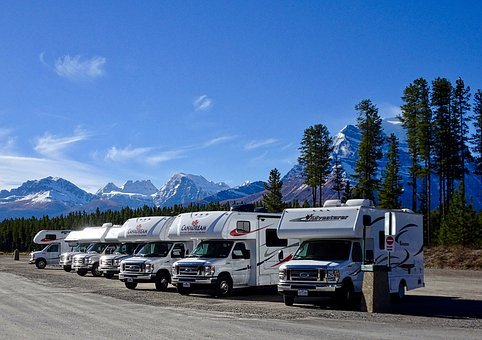I think one misconception in the RV** arena is that if one does not have a minimum of 600 amp hours lithium ion batteries and 600 watts of solar panels on the roof of their RV, they would be afraid to go off-grid to boondock.
** When I speak of RV in this post, I’m referring primarily to motor homes of the Class A, Class B and Class C variety. Camper vans are cargo vans converted to campers.
After watching far too many YouTube videos of how people rig their RV’s and camper vans with the latest and greatest technology, I’m surprised that these folks go off-grid to boondock at all. Most of these people would be better off staying at home or certainly go no further than the closest RV Resort with all the amenities of home. The latest and greatest technology has its place, but what I’ve been seeing is certainly not needed for short trips into the boonies.
Installing solar and lithium batteries to boondock is not necessary and can be quite costly.
Some people get by quite nicely with a Goal Zero that can be charged as you drive, thereby eliminating the need for any solar. When boondocking, campers will rarely stay in one place very long and will drive to another location. During that drive, their Goal Zero can be charged from their RV or van’s battery.

I personally have a RAM Promaster High-top van that I have converted to a camper van. It’s very comfortable and practically all my camping is spent boondocking. Instead of a Goal Zero, I opted for a portable solar panel and a 100 amp hour, AGM Deep Cycle (house) Battery and a 1000 watt inverter. When I’m driving, my van’s battery will charge my house battery. When I’m boondocking and find that I stay in one place for several days and my house battery needs charging, all I have to do is set out my portable solar panels and charge my house battery.

I have been off grid for as long as 4 days without charging my house battery. The only thing I use my house battery for is to run my Dometic Refrigerator, my MaxxAir Fan and for charging my laptop and other electronic devices. I have puck lights inside my van for my lighting needs. These puck lights can be bought at Walmart or Amazon, 4 or 6 to a pack for about $25.00. They are remote controlled and are powered by AAA batteries, therefore, no extra pull from my house battery for my lighting needs. These puck lights produce a good amount of light, even for reading. Luci lights are another great option for lighting without draining your house battery. They can be purchased from Amazon or Walmart and are solar powered. You simply place these Luci lights on your dash when driving or parked to be recharged by the sun.
So, boondocking is basically free. Before spending a ton of money to buy and install the latest and greatest technology in order to go boondocking, I’d certainly recommend any boondocking wanna be, try a few inexpensive ways to get out and enjoy this great country before spending needlessly.
Another misconception is traditional RV parks or campgrounds.
Have you ever considered the cost associated with staying at an RV park?
You can stay at a good motel for what some of the parks and camp grounds cost today and depending on the time of year you want to book a stay at an RV park, you could find the park is booked solid and if available can cost an arm and a leg. This can add up fast especially if you’re like a lot of folks out for several weeks or even months to see the country and taking in all the State and National Parks.
Let’s say you’re out on the road 3 months or so at an average of only $45.00 per night. You can do the math. That adds up fast. You can see why boondocking is so popular.

When I get questions from readers about their concerns with boondocking, it seems the most questions are things like – how can I protect my battery(s) and insure I get the most use from them? How much water should I carry? Where are the safest places to boondock? What about toilet facilities and showering? And the list goes on.
You can find answers to these questions and more in my previous blog posts.
“If you liked this article, please follow me. I’ll be bringing you more good quality content in the weeks to come.”
Until next time…


